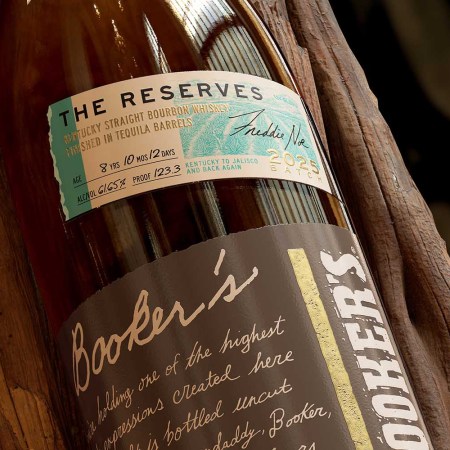What happens when environmental devastation and changing global tastes converge? You have a very troubling year for wine producers and wine enthusiasts alike, for one thing. This week, the International Organization of Vine and Wine (OIV) released its State of the World Vine and Wine report for 2023 — and the state of the industry described therein is grounds for concern.
In 2023, global wine consumption and wine production were both down from their 2022 levels. The overall wine production for the year was 237 million hectolitres — the lowest that figure has been since 1961. The OIV cites both climate change and the impact of fungi as contributing factors there. Consumption was also down from 2022, with wine drinkers only imbibing 221 million hectolitres last year. As VinePair’s Hannah Staab reports, that’s the lowest consumption figure since 1996.
Another number suggests one reason why wine production might be down around the world — the amount of space for vineyards has dropped year-over-year as well. That number dropped .5% from 2022, with the report citing “the removal of vineyards in major vinegrowing regions” all over the globe.
A Brandy Guide for Wine Drinkers
There’s a lot of common ground — and several key differences — between these grape-based tipplesIf there’s an upside for wine producers, it’s that one figure is ticking upward — and it probably won’t come as much of a surprise. While the amount of wine exported last year dropped, the average price of that wine rose, reaching — as per the OIV’s report — “a record high of 3.62 euros per litre.” So there’s less wine out there, but it costs more? That may require a glass of something light and sparkly to process.
Every Thursday, our resident experts see to it that you’re up to date on the latest from the world of drinks. Trend reports, bottle reviews, cocktail recipes and more. Sign up for THE SPILL now.



















